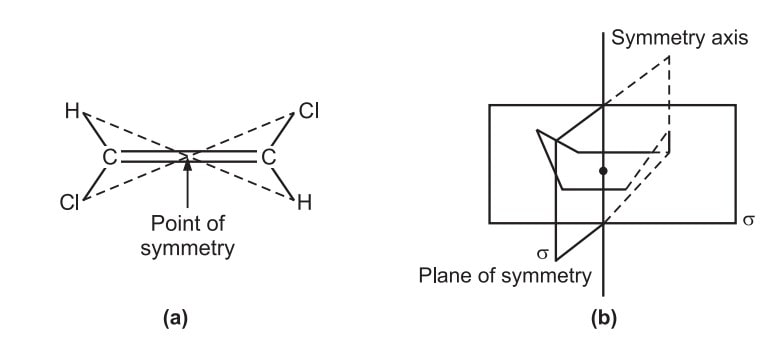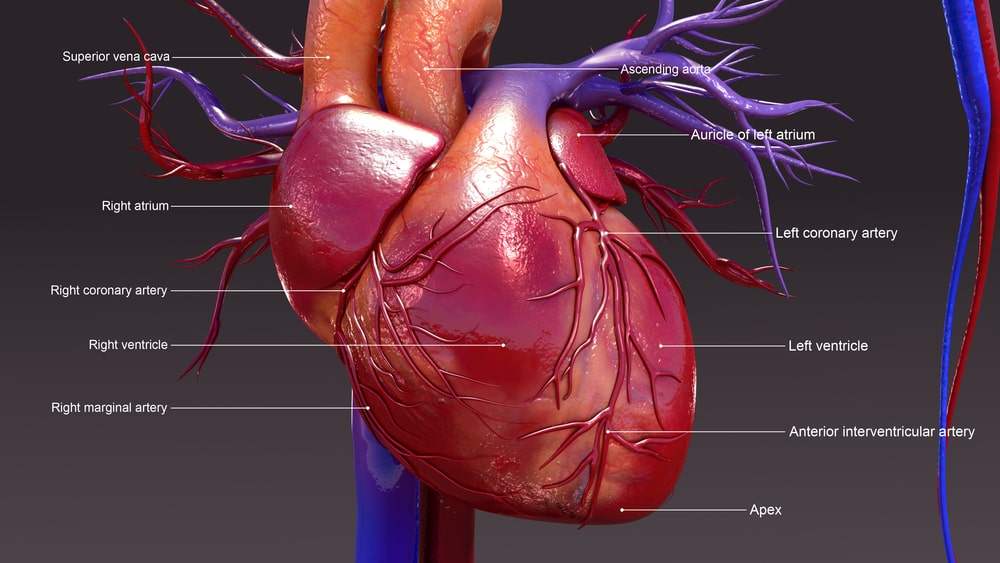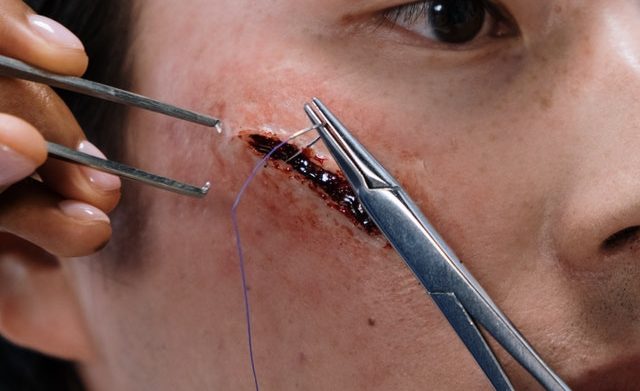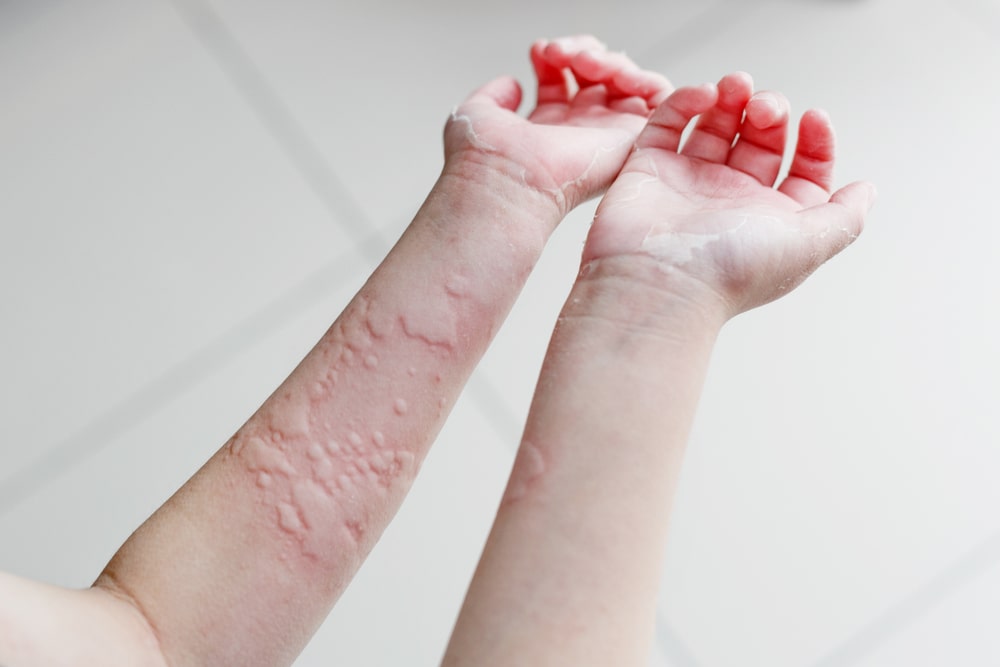Reactions of chiral molecules
Reactions of chiral molecules : Chiral molecules react with the reagents in a variety of ways, and accordingly, reactions are classified as follows: Reactions where bonds with the chiral center are not broken. Reactions leading to generation of chiral center. Reactions of chiral compounds with optically active reagents. Reactions where bonds with the chiral center … Read more






